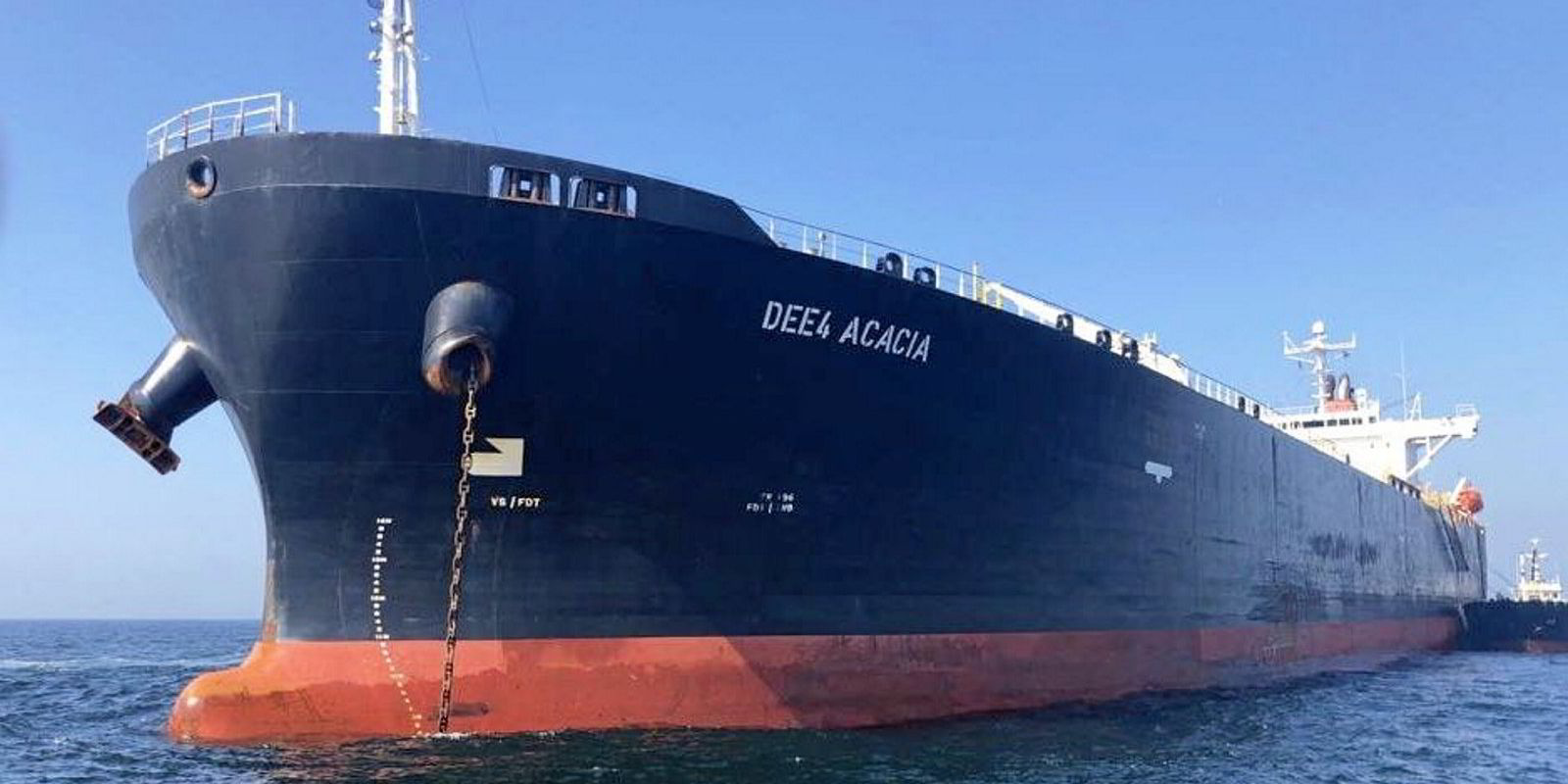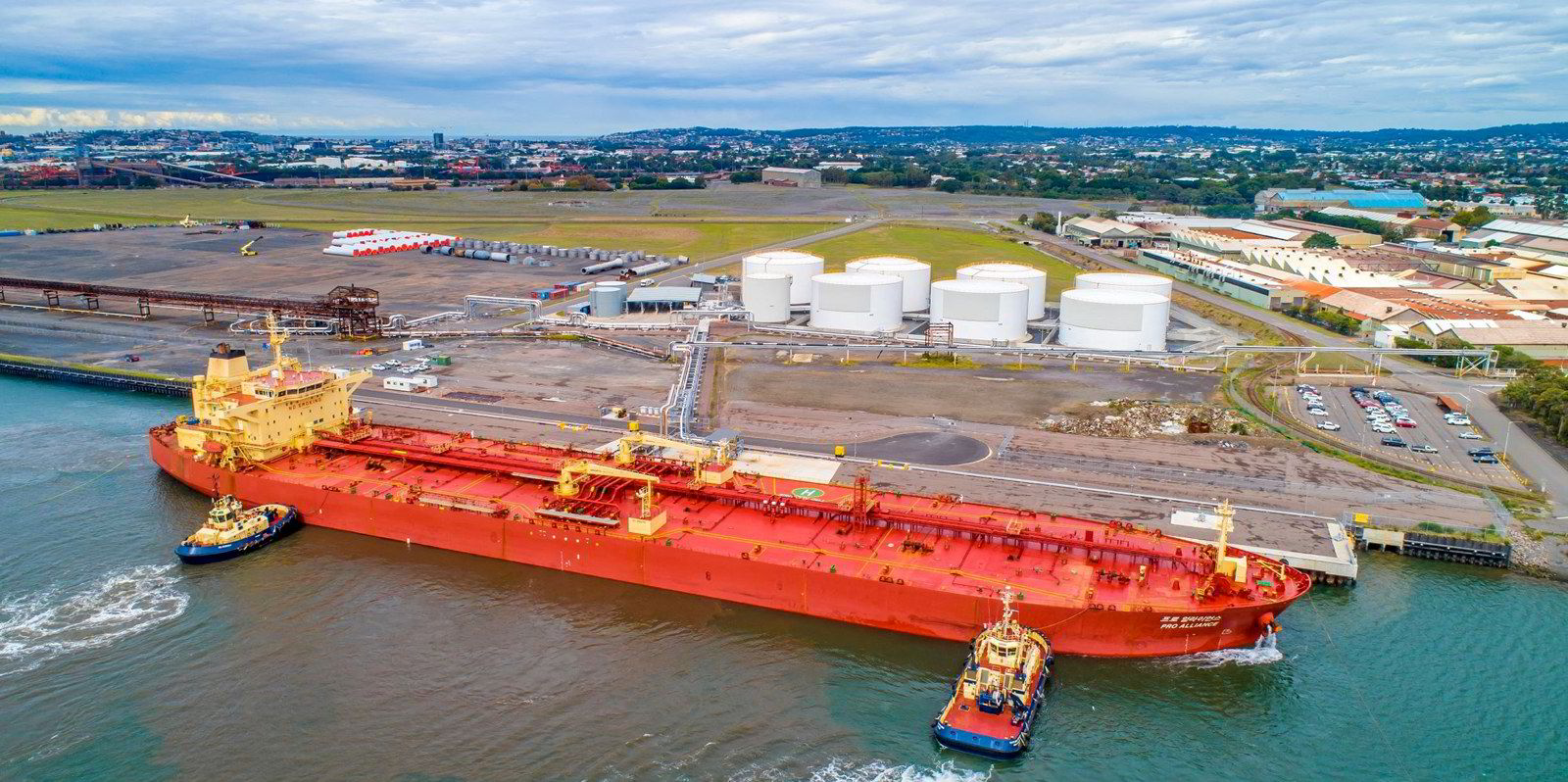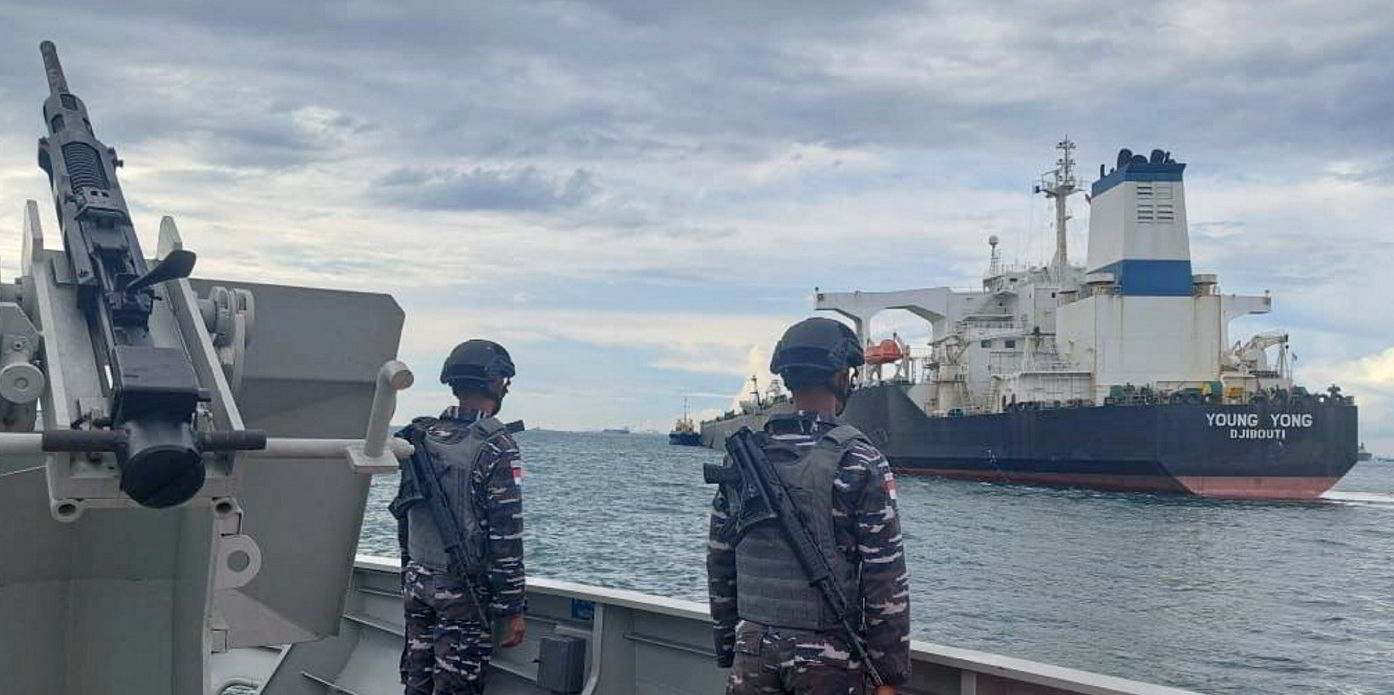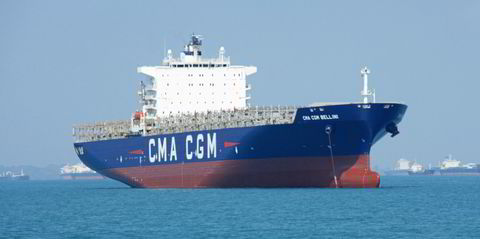With the European Union’s Russian oil products embargo and the G7’s price cap less than a week away, what will the global market look like once the measures are in place?
BRS Group believes Russian product exports will crater following the 5 February embargo and cap, the recent rise in European imports will stave off a diesel supply crunch for the time being and that product tanker markets will strengthen.
“It appears that the G7 is edging towards agreeing two price caps for Russian oil products; one set at $100 per barrel for refined products sold at a premium to crude oil (gasoline, kerosene, diesel) and one set at $45 per barrel for products, notably fuel oil, sold at a discount to crude,” the French shipbroker said on Monday.
December’s oil price cap set the price at $60 per barrel or less to access maritime services in G7 countries. Barrels sold above that price would have to use the so-called shadow fleet.
In the case of oil products, BRS said there are far fewer shadow fleet product tankers — total capacity is just 13.5% of current needs — suggesting Russian product exports would fall sharply.
The broker said even with the price cap for crude in place, most mainstream owners have stayed away from Russian ports, with nine in 10 liftings done by shadow fleet tankers.
BRS further argued that recent European diesel imports would push any potential supply crunch back to the second quarter.
Europe has bumped imports up by 25% in recent weeks, with Russian barrels included in US, Indian, Middle Eastern and Chinese cargoes.
In order to stave off a supply crunch totally, BRS said Europe will have to successfully find new, further away sources of diesel alongside Russian doing the same.
The firm said that would support MR tanker rates with 60% of Russian exports carried on those ships.
LRs would also get a boost, the broker said, thanks to improved economies of scale.
“We anticipate that larger clean tankers should experience more of a boost than their smaller brethren since they should also receive support from shifting European import patterns as the region looks farther afield, notable towards east of Suez, for diesel,” BRS said.






